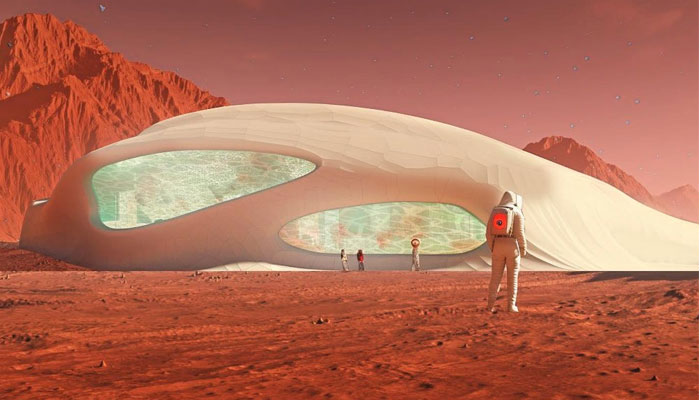
The National Aeronautics and Space Administration's (Nasa) has long been exploring ways to make space habitable for humans and, with the consistent advancement of space technology, the ideas keep getting more creative and innovative.
In its latest idea, Nasa is considering using mushrooms to grow future habitable structures for space colonies on the moon and Mars, Al Jazeera reported.
Recently, the space agency awarded a $2 million contract to a research group at Nasa's Ames Research Center for the further study and development of "mycotecture."
Nasa is exploring the use of fungi for space construction due to the exorbitant cost of transporting traditional building materials.
Combining fungal spores with lunar resources, such as water and regolith to make bricks, could significantly reduce expenses, Chris Maurer, an achitect from Cleveland, Ohio, told Al Jazeera.
These mushroom-based bricks have demonstrated the ability to repel space radiation, offer insulation against extreme temperatures, and can be rapidly cultivated within one to two months.
This innovative approach presents a futuristic and cost-effectibe alternative to conventional construction materials, Futurism reported, citing a "promising Nasa research".
While the this futuristic concept may sound promising, how will it be executed?
According to Al Jazeera, to grow a mushroom house on the moon, a special package containing a sink and household essentials would be delivered to the lunar surface in the first step.
The interior of the package would then inflate while a mixture of fungal spores, water and algae grow an exterior shell that eventually hardens, establishing a new habitable structure.
Although early experiments on Earth have proven successful, there could still be unforeseen complications in space.
Nasa Ames senior research scientist Lynn Rothschild, who is leading research mushroom group, is planning to send a concept model of mycotecture structures into space as part of the planned 2028 launch of a commercial space station called Starlab.
"In a general sense, there are technological risks," Rothschild said. "Will the structure be strong enough? Will it really provide the insulation that we think? What will the material properties be? Will it really grow well?"












_updates-0.jpg)
